Protein seems to be everywhere these days from television ads to magazines to grocery store shelves. With all the publicity surrounding protein, you’d think Americans weren’t getting enough of it while in reality, most of us consume more than enough protein.
Protein is an essential part of every cell, tissue, and organ in our bodies. It helps stabilize blood sugar levels and keeps us feeling fuller longer so it’s very important to include plenty of protein in our diets throughout the day.
Protein comes in many forms (meats, legumes, eggs, nuts/seeds, dairy, etc) and while whole-food protein sources are among the best choices for meeting your protein needs, protein bars have become a mainstay for many Americans. They’re quick, convenient and can be eaten on-the-go and many of us eat them because we believe they’ll help "melt away the pounds" or "eliminate hunger."
But before you grab your next protein bar, be careful! Many bars today contain as much fat and sugar as a candy bar and are loaded with highly processed ingredients so be sure to always READ THE LABEL and CHECK THE INGREDIENT LIST.
All Protein is Not Created Equal
When choosing a protein bar, be sure to read the entire ingredient list to see what type of protein the bar contains.
Soy protein isolate is the most common source of protein in bars because it’s cheap and easily accessible. However, this form of soy is potentially associated with negative health effects so it’s best to limit your intake.
Instead, look for whey protein isolate which is:
- made from milk
- easily digestible
- very low in lactose or lactose free
- utilized most efficiently by the body.
If you are unable to consume dairy, opt for 100% pea protein which is:
- made from yellow split peas
- easily digestible
- utilized efficiently by the body.
Isolate versus Concentrate
When looking at protein sources or deciding which whey protein powder to purchase, it’s important to also consider if it is in the isolate or concentrate form.
- Isolate is ideal because it contains 90-95% pure protein with minimal carbohydrates and fat.
- Concentrate, on the other hand, is only 70-85% protein.
By choosing isolate, you’ll get a higher quality and quantity of protein.
Making Your Own Protein Bars
Now that you know what to look for and what to avoid in store bought protein bars, let’s explore an even better option…making your own! By making protein bars at home, you control the quality and quantity of ingredients and can save money.
Check out the difference between our homemade protein bar (recipe below) and a leading store bought bar. The nutrition profiles are basically identical, but why choose a bar with 5x more ingredients when you could have a clean, tasty alternative? Plus, you’re cutting costs by more than half…sounds like a win-win situation to me!
Powerful Protein Bars
Makes 6-8 Bars
Recipe from: He and She Eat Clean
This recipe has 4 ingredients, 4 steps and takes less than 4 minutes to prepare!
Ingredients
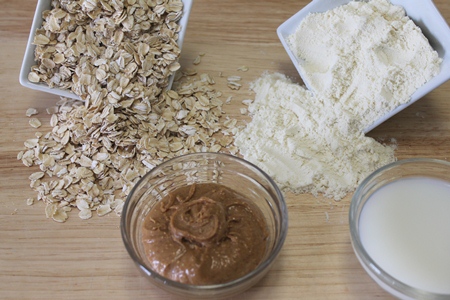
2 cups rolled oats, dry
½ cup natural peanut butter (or other nut butter of choice)
4 scoops whey protein powder*
½ cup milk or water**
Optional add-ins: dried fruit, drizzle of honey, dark chocolate chips, etc. (options are endless!)
Directions
1. Line an 8x8 dish with parchment paper.
2. In a large bowl, mix all ingredients by hand until well combined.
3. Press mixture into dish, using a spatula to flatten.
4. Freeze for approximately 30 minutes or until set. Cut into bars and then wrap individual bars in plastic wrap or bags and refrigerate.
- Cut into 6 bars if you are planning to use these bars as a meal replacement.
- Cut into 8 bars if you are planning to use these bars as a snack.
* You can use unflavored, vanilla or chocolate protein powder. If using unflavored, add 1 tsp vanilla extract. Choose a clean whey protein powder (whey protein isolate is ideal) with minimal ingredients. If you are unable to consume dairy, you can use 100% pea protein powder.
** I prefer to use milk in this recipe for an added boost of calcium and vitamin D and for extra flavor. You can use skim or 1% milk or almond, rice or soy milk.
Nutrition Information per Serving (meal replacement size): Calories: 280, Total Fat: 13gm, Saturated Fat: 2gm, Cholesterol: 30mg, Sodium: 146mg, Carbs: 25gm, Fiber: 5gm, Protein: 20gm
Nutrition Information per Serving (snack size): Calories: 210, Total Fat: 10gm, Saturated Fat: 1.5gm, Cholesterol: 23mg, Sodium: 110mg, Carbs: 19gm, Fiber: 3.5gm, Protein: 15gm
Click here for a printer-friendly version of this recipe.
Click here for a printer-friendly version of this blog post.
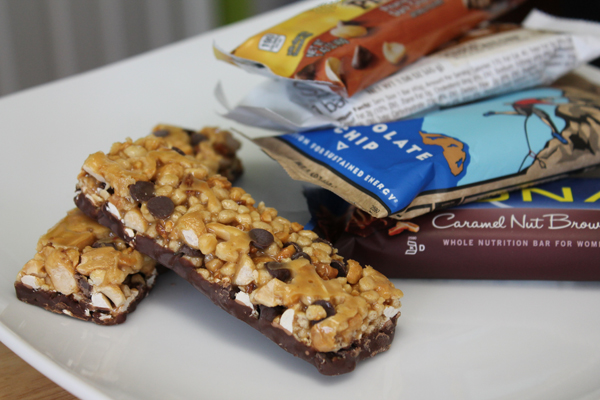
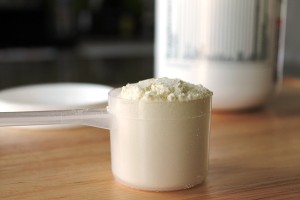

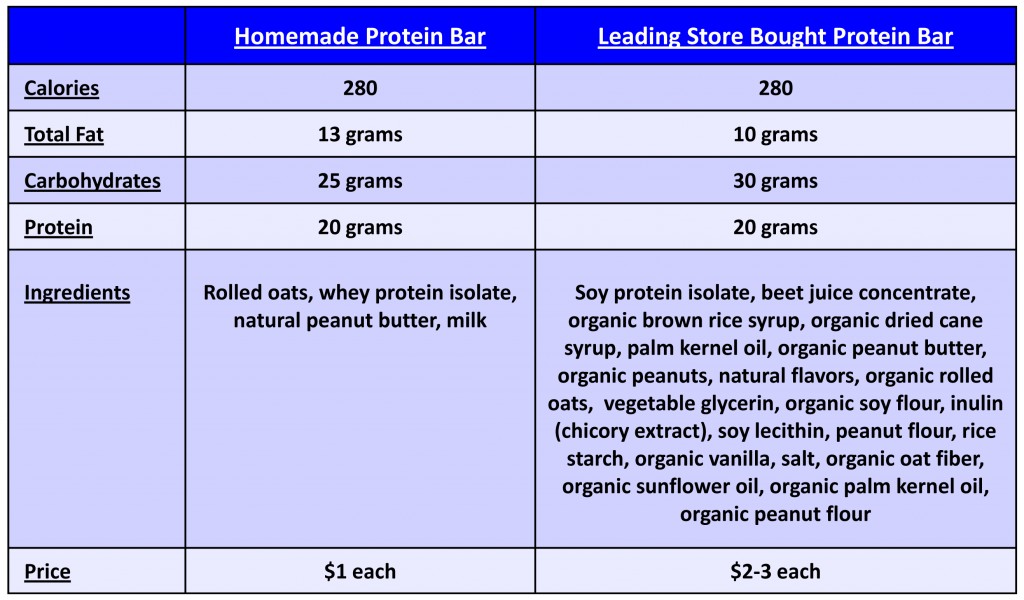
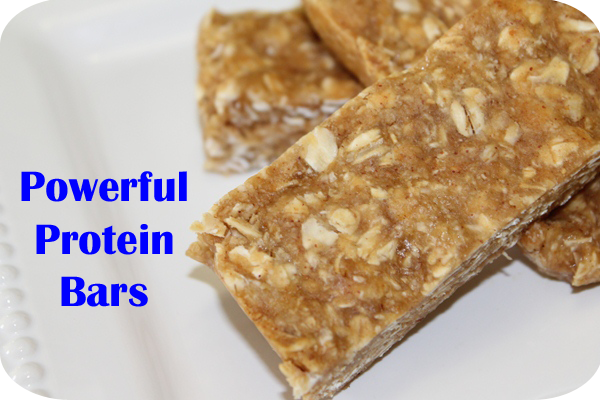
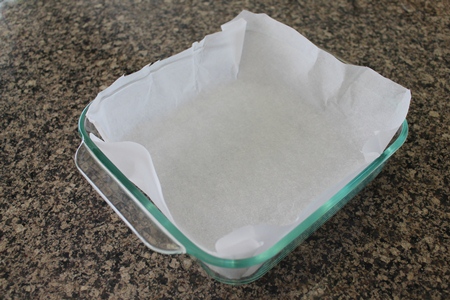


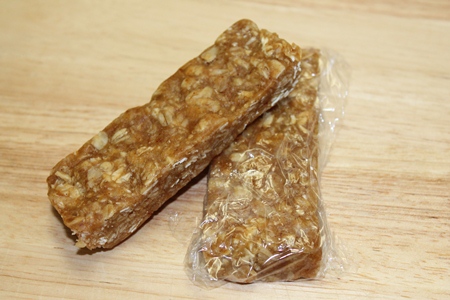
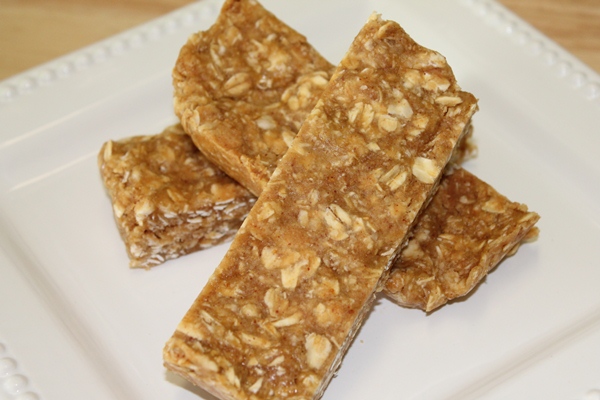

3 Comments
Pingback: Hidden in Plain Sight - SAS Life
Pingback: 3 Nutrition Tips to Boost Your Energy for Spring
Pingback: 3 Nutrition Tips to Boost Your Energy for Spring